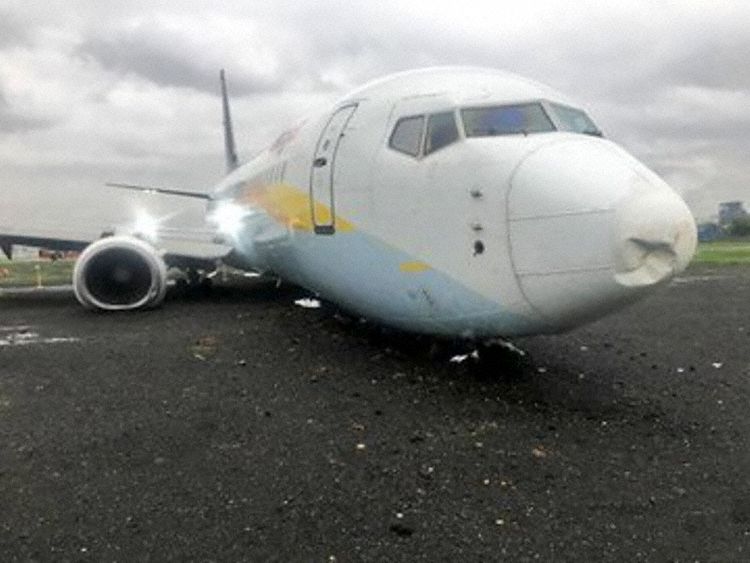A SpiceJet Boeing 737-800, operating as flight SG6237 from Jaipur to Mumbai, was performing its landing sequence when the aircraft skidded off the end of runway 27.
The landing was conducted during significant rainfall, leaving visibility and performance degraded. Flight data states the aircraft departed the runway at a speed of 80 knots and came to rest 160 meters away.
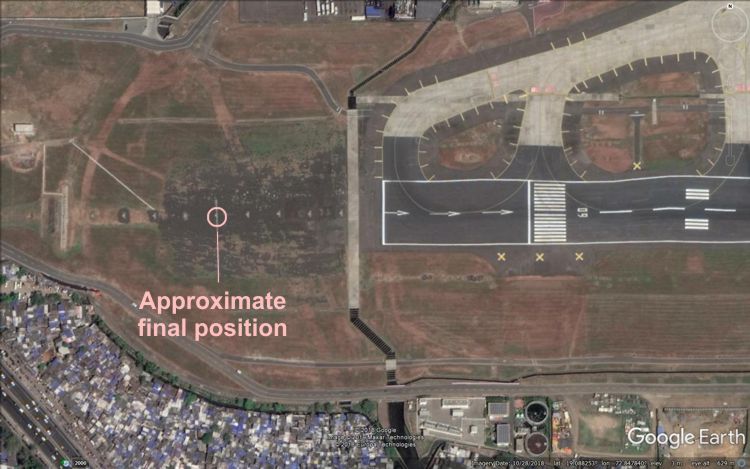
Photos of the incident show the aircraft disabled on soft ground with damage to: the undercarriage, engines, fuselage and wing devices.
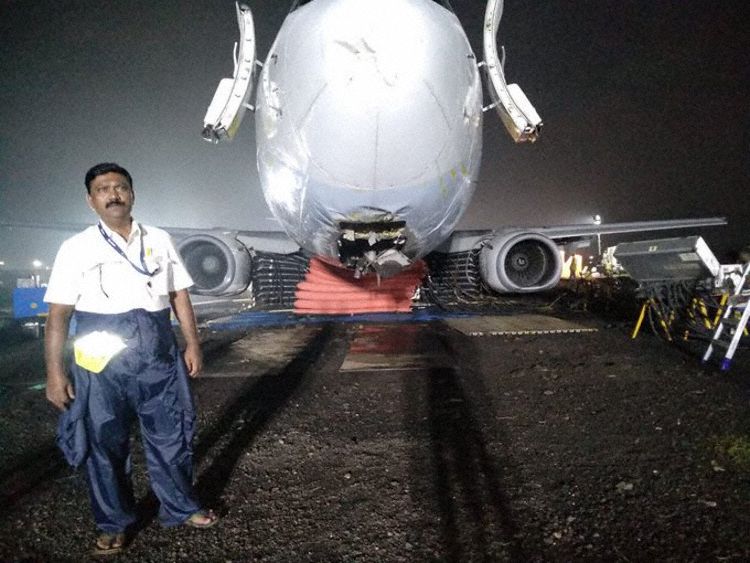
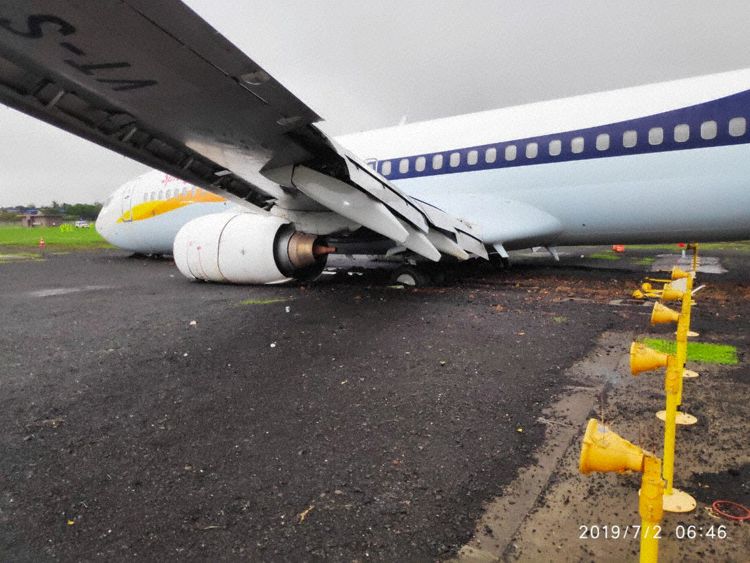
The aircraft involved was VT-SYK, which is a former Jet Airways asset before it was stored earlier this year.
Due to the significance of the overrun, the runway was closed until the area was secured and removal efforts could take place.
Out of all the passengers and crew on board, there were no injuries and disembarkation was conducted calmly and normally.
India’s Civil Aviation Minister issued a statement noting monsoonal weather is causing disruptions in the operation of aircraft and transport, however stresses everything is under control and there is no cause for concern.
The meeting was sparked by three serious aircraft overrun incidents over the last three days. Airlines are being warned they must adopt monsoon operating procedures or else action will be taken.
Air India Express flight IX384 operated by VT-AYA – a Boeing 737-800 – was one of the three aircraft that was involved in an overrun incident, leaving the aircraft over a drainage ditch.
All 181 passengers on board were removed safely without injuries, however the aircraft will have to be assessed for damage.
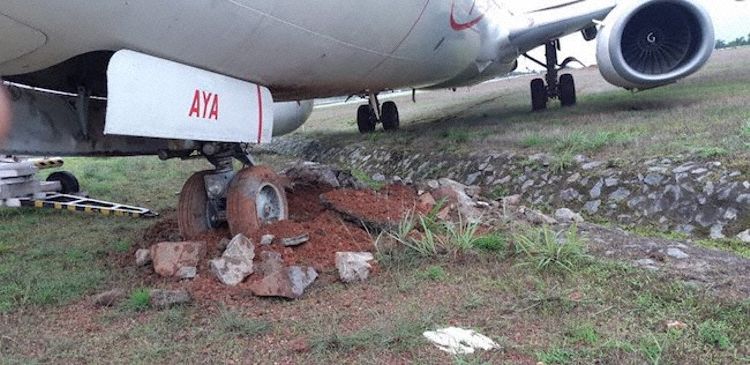
A passenger caught the landing using his phone as a camera.
Significant weather events always increase the challenges during critical phases of flight; however to ensure the safety of passengers and crew, specific procedures are adopted.
It is ultimately the pilots job to determine if the takeoff, approach and landing is safe and apply the appropriate procedures such as a rejected takeoff or go around if necessary.
Although adverse weather can be daunting, its important to understand that aircraft are designed and certified to be operated in similar, if not worse conditions at the controls of sufficiently trained pilots.
Not applying certain procedures during adverse conditions can and will lead to retraining or dismissal of the pilots and a warning to the airline.


